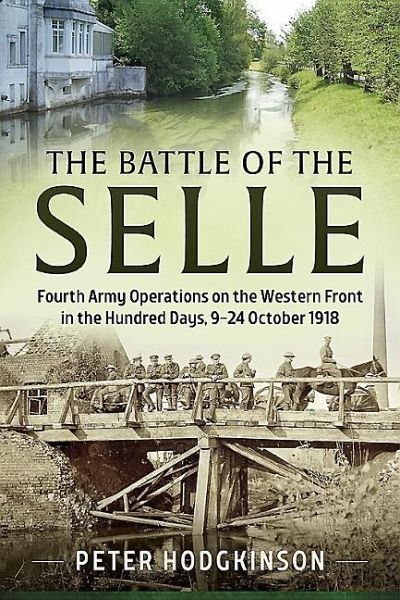
The Battle of the Selle
Fourth Army Operations on the Western Front in the Hundred Days, 9-24 October 1918
Versandkostenfrei!
Versandfertig in über 4 Wochen
43,99 €
inkl. MwSt.
Weitere Ausgaben:

PAYBACK Punkte
22 °P sammeln!
This book considers a relatively unknown series of actions of the victorious Hundred Days of 1918: the operations at the River Selle. Between 9-24 October, the British Fourth Army drove elements of two German armies back from the Hindenburg support line in the ¿Pursuit to the Selle¿ (9-11 October); prepared and fought the set-piece Battle of the Selle (17-18 October); and then drove in the flank of the German Second Army towards the Sambre-Oise Canal (23-24 October). Contrary to expectations, the enemy resistance on 17 October (as Fourth Army crossed the river) was strong and effective, whic...
This book considers a relatively unknown series of actions of the victorious Hundred Days of 1918: the operations at the River Selle. Between 9-24 October, the British Fourth Army drove elements of two German armies back from the Hindenburg support line in the ¿Pursuit to the Selle¿ (9-11 October); prepared and fought the set-piece Battle of the Selle (17-18 October); and then drove in the flank of the German Second Army towards the Sambre-Oise Canal (23-24 October). Contrary to expectations, the enemy resistance on 17 October (as Fourth Army crossed the river) was strong and effective, which contradicts the idea that the German Army was an entirely spent force at this late point in the conflict. Furthermore, Fourth Army suffered its worst intelligence failure of the war and artillery, airpower and armour were unable to support the infantry effectively; it was largely the infantry, fighting a ¿soldier¿s battle¿, that gave victory. The book gives a detailed account of the fighting and the infantry tactics deployed, and it analyses why Fourth Army¿s ¿weapons system¿ struggled to be effective - weighing the contribution of each element and the qualities of the infantry that made victory possible. It also examines the nature of ¿semi-mobile¿ warfare in the Hundred Days and assesses the limitations of the British ability to pursue this. The idea that the BEF had an invincible formula - repeatedly deployed - that ensured success is challenged; similarly, the nature of the German resistance is subject to analysis. The book further examines Fourth Army¿s planning process and the efforts of the Royal Engineers and the logistics system, without which no victory would have been possible.












